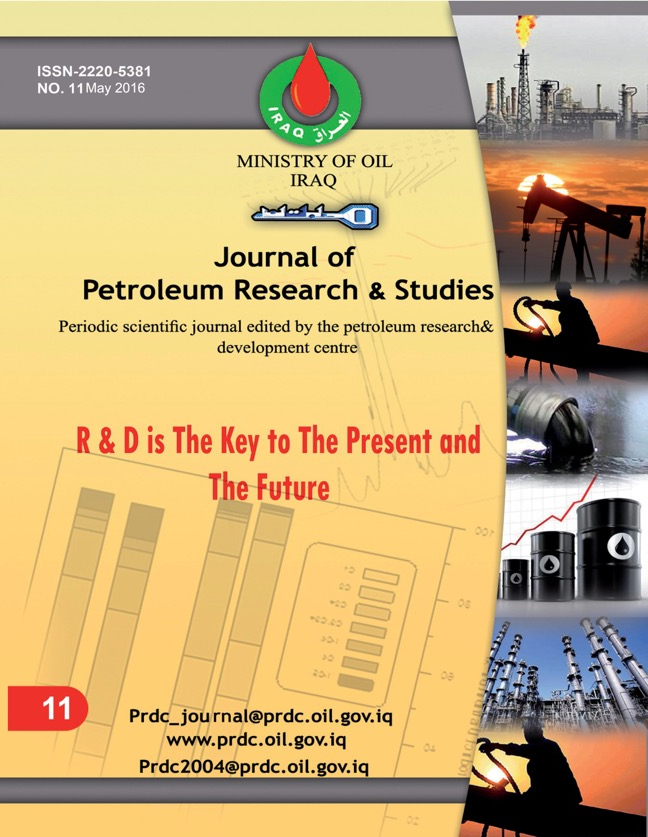Permeability Estimation of Khasib Formation in Amara Oil Field from Well logs Data Using Multilinear Regression Technique and Empirical
DOI:
https://doi.org/10.52716/jprs.v6i1.134Abstract
Permeability is the property that permits the passage of fluids through the interconnected pores of a rock. It is one of the most important, most spatially variable, most uncertain, and hence least predictable transport properties of porous formations. This paper represents a method to predict permeability of Khasib Formation in two wells (Am-1,Am-2) of Amara field using Multilinear regression (MLR) technique and various empirical models, such as Tixier’s, Timur’s and Coates and Dumanoir equations, are used to quantify permeability from well log calculations of porosity and irreducible water saturation. Measured porosity and permeability data from plugs of the available core intervals were used for validation of the predicated data from the logs. The calculated permeability values were compared with the laboratory measurements of core samples to those estimated from different empirical approaches, such as Tixier, Timur, Coates and Dumanoir models, as well as multilinear regression technique by using the statistical correlation coefficient (R2). The present study indicates that Multilinear regression (MLR) technique is the best method and the most validity to estimate permeability from well logs data.
Downloads
Published
How to Cite
Issue
Section
License
Copyright (c) 2020 Buraq Adnan. Al-Baldawi

This work is licensed under a Creative Commons Attribution 4.0 International License.














